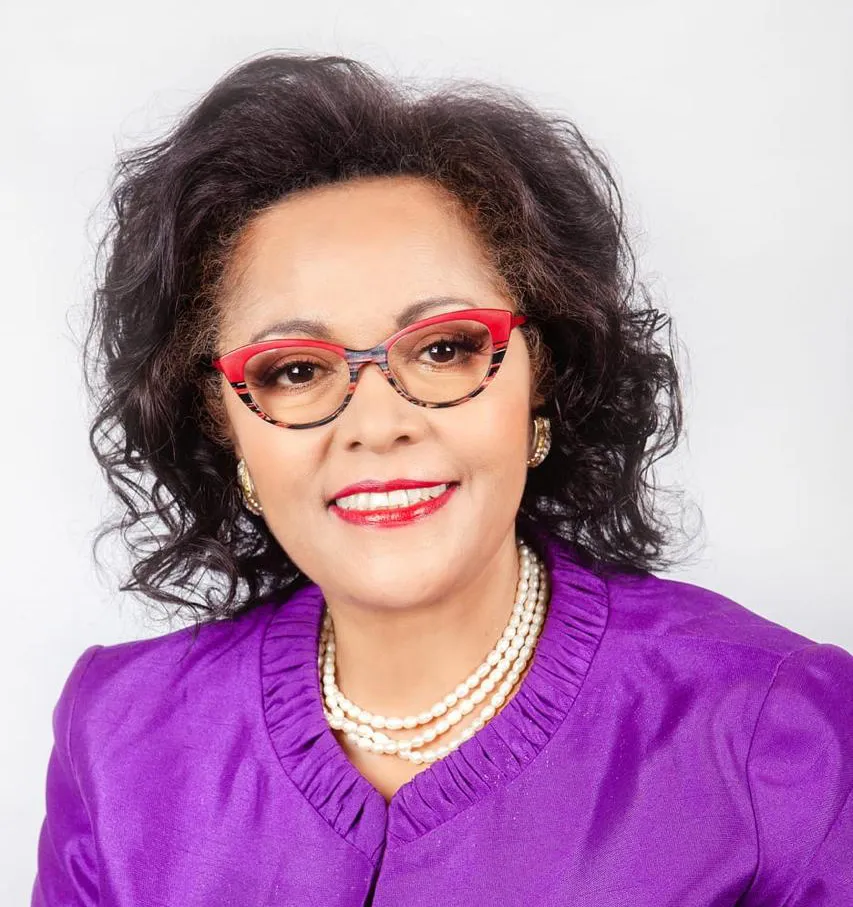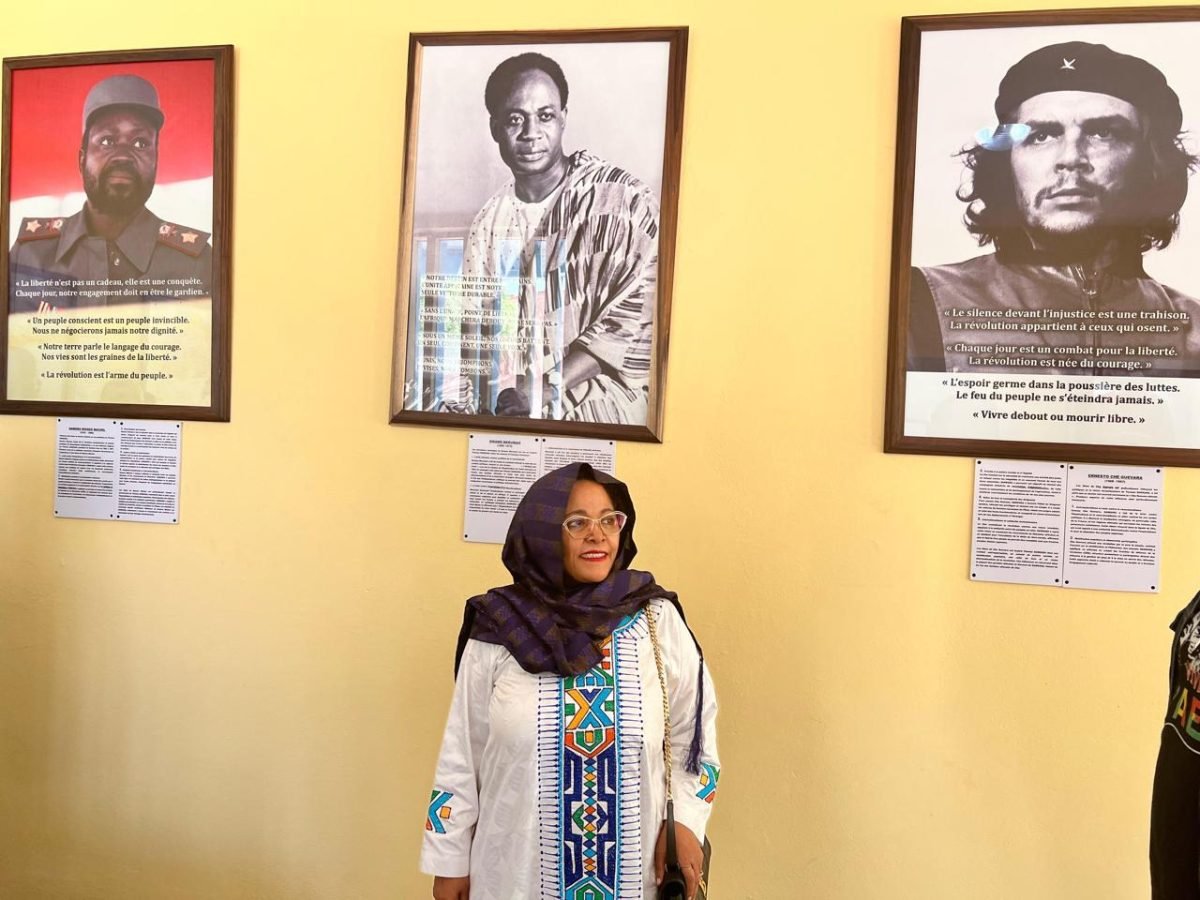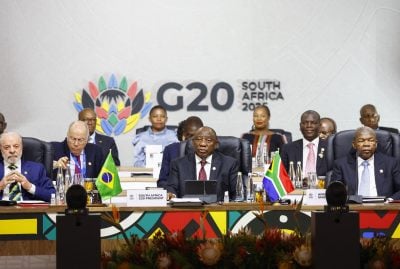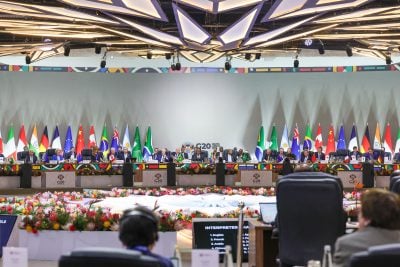This article was produced with the support of AUDA NEPAD
This theme is not merely symbolic—it is a powerful call to confront the enduring legacies of colonialism, slavery, and the trans-Atlantic slave trade. It urges us to restore dignity, heal historical trauma, and reclaim what was unjustly taken.
As the African Union Development Agency, we are not only echoing the African Union’s clarion call for justice and reparations—we are actively working to make it a reality. Together with our partners, we are taking bold steps to restore dignity, reclaim Africa’s heritage, and build systems that reflect the true value and potential of African people and their descendants.
At the heart of this reparatory justice agenda lies the African Art and Artefacts Return Index (A3RI), a transformative initiative spearheaded by African Union Development Agency (AUDA-NEPAD) in collaboration with UNESCO and the University of Pretoria.
This project is not just about returning objects—it is about restoring Africa’s soul.
A3RI is a framework rooted in justice and firmly aligned with the African Union’s Common African Position (CAP) on Restitution of Heritage Resources, the Charter for African Cultural Renaissance (2006), and the AU Model Law on the Protection of Cultural Property and Heritage (2022). These instruments reinforce the urgent need to rectify historical injustices and provide a unified framework for Africa’s demand for the unconditional return of its cultural assets.
The CAP is particularly significant—it amplifies the longstanding calls from African leaders, scholars, and institutions for the repatriation of artefacts, archives, human remains, and other heritage resources illicitly removed from the continent. A3RI serves as a critical implementation mechanism of this common position, ensuring that African nations speak in a collective voice while building the institutional and legal capacity to preserve, protect, and showcase restituted artefacts for future generations.
The AU’s 2025 theme draws inspiration from Pan-African activism and figures like Chief Moshood Kashimawo Olawale Abiola, who championed dignity and justice for Africans. Restitution of cultural property is intrinsically linked to reclaiming identity and addressing the economic disparities created by the historical theft of heritage.
This is not a dream deferred—it is a reality already unfolding. Across the continent, there have been powerful examples of successful restitution notably, amongst others:
Benin Bronzes to Nigeria: Germany and other European institutions have returned dozens of these iconic royal treasures, marking a turning point in global restitution efforts.
Saartjie Baartman’s Remains to South Africa: Returned from France in 2002, her story became a powerful symbol of colonial exploitation and racial injustice.
Broken Hill Man (Kabwe Skull) to Zambia: One of Africa’s oldest human fossils, returned by the UK after decades of debate.
Zimbabwe Birds and Mbuya Nehanda’s Skull: Sacred artefacts and ancestral remains returned to Zimbabwe, reinforcing national identity and historical continuity.
Hendrik Witbooi’s Bible and Whip to Namibia: Returned from Germany, these items belonged to a revered Namibian leader and hold deep historical and spiritual significance.
These victories demonstrate that restitution is not only achievable—it is inevitable when pursued with unity, resolve, and strategic engagement.
The African Art and Artefacts Return Index (A3RI) initiative is structured around three strategic pillars, each designed to address a critical dimension of heritage restitution. The first pillar—Repatriation and Global Engagement—focuses on the diplomatic and logistical groundwork necessary to bring Africa’s cultural treasures home. A dedicated taskforce has been established to engage directly with museums, institutions, and private collectors across the globe, negotiating the return of artefacts and ancestral remains. This effort is supported by rigorous provenance research and documentation to ensure the accurate identification of heritage resources. To facilitate these returns, AUDA-NEPAD is forging international partnerships and agreements, while simultaneously advocating for legal and policy reforms that dismantle the barriers to restitution. In a forward-looking move, the initiative also leverages AI-powered virtual reality to democratize access to African art, offering immersive and inclusive experiences that transcend geographic limitations.
The second pillar—Capacity Building and Academic Collaboration—invests in the long-term sustainability of heritage preservation across the continent. Central to this effort is a partnership with the University of Pretoria, which will offer specialized programs in heritage preservation, museum management, and artefact restoration. These academic pathways are designed to cultivate a new generation of African experts equipped to care for and curate restituted cultural property. Simultaneously, AUDA-NEPAD is working to upgrade museum infrastructure and security across Africa, ensuring that returned artefacts are housed in facilities that meet international standards. A pan-African network is being developed to encourage knowledge sharing and best practices among institutions, while innovative museum exhibits and cultural awareness campaigns aim to deepen public engagement. Collaboration with UNESCO further strengthens the initiative by aligning it with global norms and mobilizing international support.
The third pillar—Community Involvement and Cultural Reconnection—places African communities at the heart of the restitution process. Local voices are actively included in decisions around repatriation, preparation, and conservation, ensuring that the return of heritage resources is not only symbolic but spiritually and culturally meaningful. By recognizing the ancestral significance of these artefacts and empowering communities to preserve and promote their heritage, A3RI fosters a deeper sense of ownership and pride. This grassroots engagement is essential to transforming restitution from a legal transaction into a collective act of healing and cultural revival.
The potential impact of the African Art and Artefacts Return Index (A3RI) is both profound and far-reaching. At its core, the initiative seeks to restore dignity to African indigenous communities by reconnecting them with their cultural heritage—artefacts and ancestral remains that were long displaced through colonial plunder.
By showcasing these restituted treasures, African nations stand to invigorate their tourism sectors, drawing global visitors eager to engage with the continent’s rich and diverse cultural legacy. Beyond the symbolic, A3RI is building a robust ecosystem of professionals in conservation, museum curation, and heritage management, fostering inter-regional trade and collaboration across Africa. The initiative also strengthens the continent’s museums, equipping them with the infrastructure and expertise needed to preserve and exhibit heritage with excellence. Ultimately, A3RI positions Africa not only as a custodian of its own history but as a global leader in cultural preservation and ethical restitution.
It is anticipated that the ripple effect of the A3RI programme will embed dignity while accelerating development. The University of Pretoria, through Enterprises, plans to launch flexible skills certificates in 2026 focused on conservation and restitution practices. In collaboration with its Centre for Human Rights, two fellows—a PhD and a Master’s student—will be deployed to AUDA-NEPAD to support the A3RI programme. Undergraduate and postgraduate degrees are set to follow in 2027, ensuring a pipeline of experts to sustain this movement.
Heritage restitution is not a footnote in history—it is a headline for justice. It is a moral imperative that demands the attention of governments, institutions, and citizens alike. AUDA-NEPAD’s initiative is a beacon of hope, a blueprint for action, and a testament to Africa’s resolve.
Let 2025 be remembered not just as a year of commemoration, but as the year Africa reclaimed its soul.

 Sign in with Google
Sign in with Google 



